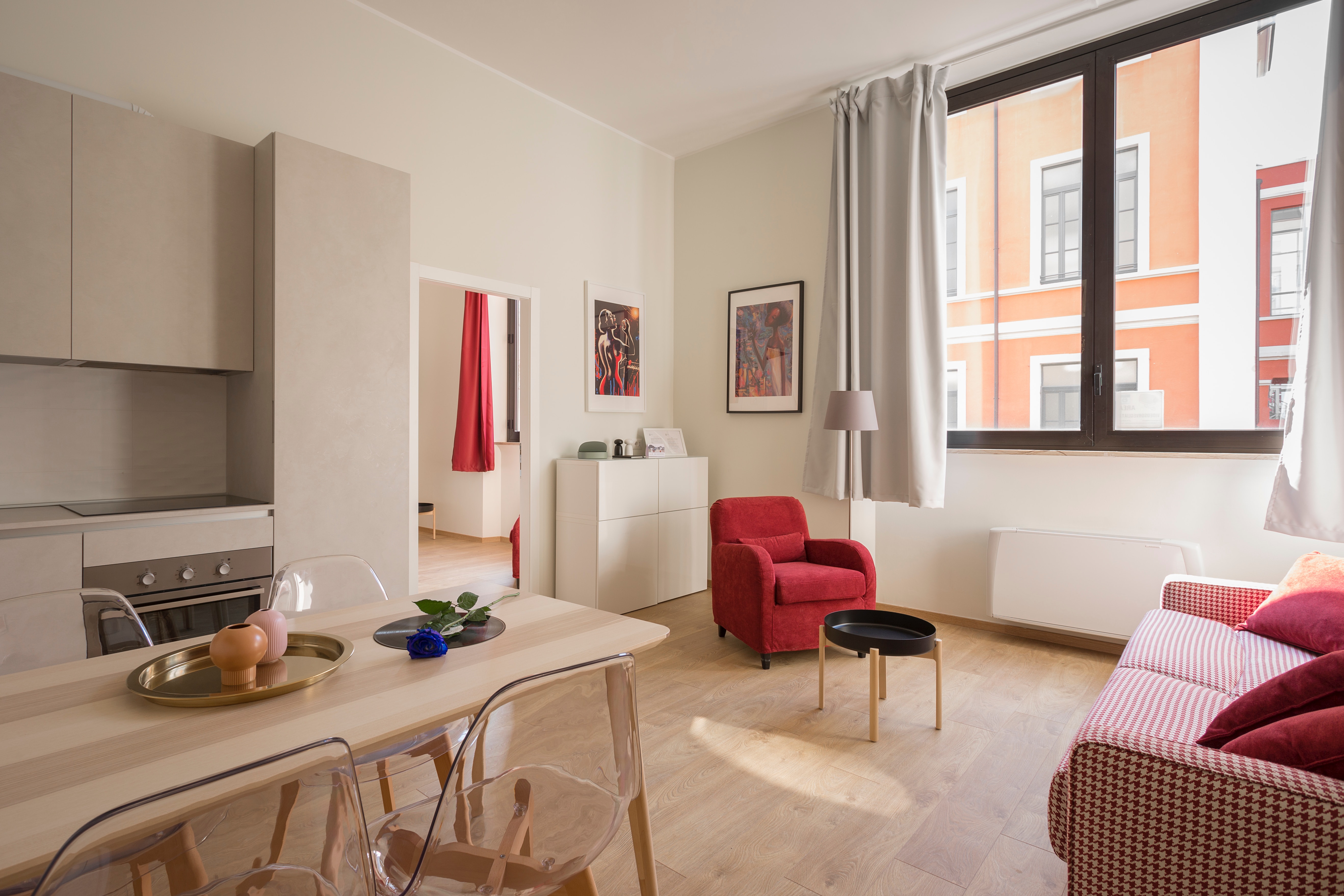10 Ways to Lower Your Property's Environmental Impact
As a landlord, you’ve likely felt the push to go sustainable for years. You know that you should take that step, how exactly do you do that? Don’t worry, we’ve got answers.
Learn how sustainable practices benefit the planet, how they benefit your tenants and profits, and the specific changes you can make to minimize your environmental impact.
Why rental landlords should care about environmental impact
Outside of the obvious—doing your part in taking care of our planet—sustainable practices offer many benefits for landlords:
- Financial savings: Reduces utility bills, saving money for both landlords and tenants.
- Increased property value: Studies suggest that eco-friendly properties are valued higher, allowing for higher rental rates and lower vacancy rates.
- Tenant attraction and retention: Environmentally conscious tenants prefer sustainable living spaces, leading to higher tenant satisfaction and retention.
- Regulatory compliance and incentives: Staying ahead of environmental regulations avoids future compliance costs and potential fines. Many areas offer incentives for sustainable upgrades.
- Positive reputation: Being known as an eco-friendly landlord enhances your reputation and attracts quality tenants who value sustainability.
- Long-term sustainability: Investing in sustainable practices ensures the long-term viability and desirability of your property.
TLDR: Embracing sustainability leads to lower costs, higher property value, and greater tenant satisfaction, making it a smart and profitable choice for landlords.
Sustainable practices to upgrade your rental property
1. Upgrade to energy-efficient appliances
Switching to energy-efficient appliances reduces utility bills and emissions from power plants.
How to implement:
- Look for the Energy Star label to ensure you’re choosing models that meet high energy efficiency standards.
2. Implement water conservation measures
Water conservation reduces your property's environmental footprint and lowers water bills.
How to implement:
- Install low-flow showerheads, faucets, and toilets.
- Add greywater systems to recycle water from sinks and showers for irrigation.
- Use rainwater harvesting systems to collect and store rainwater for landscaping.
3. Use sustainable building materials
Using sustainable materials lowers the environmental impact of construction and renovations.
How to implement:
- Use reclaimed wood, bamboo, and recycled metal when renovating or building new properties.
- Choose materials that require less energy to produce and have a smaller carbon footprint than traditional materials.
4. Improve insulation
Proper insulation reduces the need for heating and cooling, lowering energy consumption.
How to implement:
- Use eco-friendly insulation materials like cellulose, wool, or recycled denim to enhance your property's thermal efficiency and save on energy costs.
5. Use renewable energy
Renewable energy sources significantly cut down on your property's carbon footprint.
How to implement:
- Invest in solar panels to power water heaters and entire buildings, providing a sustainable and cost-effective energy solution.
6. Encourage recycling and waste reduction
Recycling and reducing waste decreases environmental impact and landfill use.
How to implement:
- Provide clearly labeled recycling bins and educate tenants about recyclable materials.
- Implement composting programs for organic waste.
- Encourage the use of reusable items over single-use plastics.
7. Install smart home technologies
Smart technologies optimize energy and water usage, increasing efficiency.
How to implement:
- Use smart thermostats, lighting, and irrigation systems for precise control and to reduce usage during off-peak times or when spaces are unoccupied.
Learn about winterizing your property with smart home technologies.
8. Landscape sustainably
Sustainable landscaping reduces water usage and maintenance costs.
How to implement:
- Choose native plants and drought-resistant landscaping.
- Implement drip irrigation systems to minimize water waste.
- Use organic mulch to retain soil moisture.
Learn how to make the most of your outdoor space.
9. Reduce single-use plastics
Reducing single-use plastics decreases waste and environmental pollution.
How to implement:
- Provide alternatives such as stainless steel water bottles or reusable grocery bags.
- Encourage tenants to adopt these practices to further decrease plastic waste.
10. Enhance indoor air quality
Improving indoor air quality creates a healthier living environment for tenants (and assessing your air quality can alert you to pollutants).
How to implement:
- Use low-VOC paints, finishes, and cleaning products to emit fewer harmful chemicals, enhancing indoor air quality.
Reduce your footprint and sign your next tenant faster
By implementing these strategies, you can make your property more sustainable, reduce its environmental impact, and enjoy the financial and reputational benefits that come with being an eco-friendly property owner.
On top of everything we’ve already mentioned, we have one more powerful tool to recommend.
Go paperless and streamline your operations with our all-in-one lead-to-lease platform, Rhenti.


